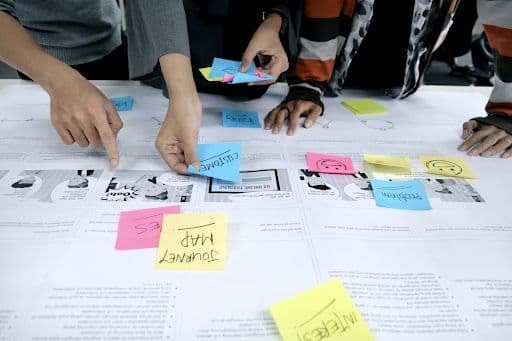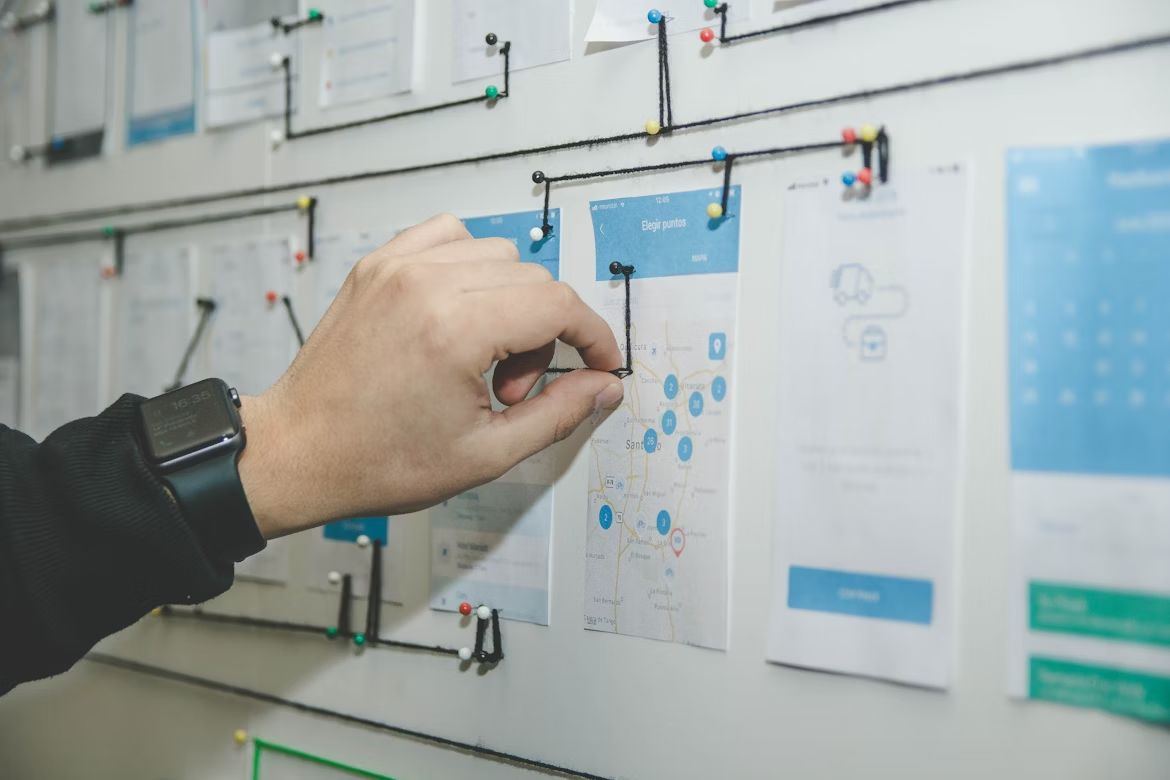
From First Call to Final Invoice: Building Seamless B2B Customer Experiences
Your prospect calls your business for the first time. They ask a few questions, schedule a consultation, and eventually become a customer. Three weeks later, they're still waiting for an invoice that matches what they were quoted.
This broken experience is everywhere in B2B. Companies invest heavily in winning customers, then lose them to clunky operational processes. The gap between your front office and back office is costing you revenue.
The First Call Sets the Tone
Every customer journey starts with contact. Whether it's a phone call, web form, or chat message, this initial interaction shapes everything that follows.
AI receptionists have transformed this first touchpoint. They answer calls 24/7, qualify leads with intelligent questions, and schedule appointments without back-and-forth emails. But the real power isn't in answering the phone. It's in what happens with that information next.
The best systems capture every detail from that first conversation and push it directly into your CRM. No manual data entry. No lost notes. No forgotten follow-ups.
Data Flows, Not Data Silos
Here's where most B2B companies break down. The receptionist takes notes. Sales adds their own notes. The service team has their system. Billing has spreadsheets. Nobody has the complete picture.
Seamless experiences require connected systems. When your AI receptionist logs a new lead, your CRM should automatically create a record, trigger an email sequence, and notify the right salesperson. When a deal closes, your project management tool should spin up a new client workspace without anyone clicking "create new project."
Think of your tech stack as a relay race. Each system needs to hand the baton cleanly to the next one. Dropped batons mean frustrated customers and wasted internal time.
Service Delivery With Visibility
Once someone becomes a customer, they want to know what's happening. Radio silence breeds anxiety and support tickets.
Automated status updates keep customers informed without overwhelming your team. When a project hits a milestone, they should get a notification. When you ship something, they should see tracking information. When it's time for the next phase, they should receive a heads-up.
This doesn't require constant human attention. It requires systems that communicate progress automatically. Your service delivery platform should talk to your communication tools, keeping customers in the loop at every stage.
Modern Invoicing and Payment Processing
You've delivered great service. Now it's time to get paid. This is where outdated processes really hurt.
Too many B2B companies still email PDF invoices and wait for checks to arrive. Meanwhile, your customer's accounts payable team is trying to process hundreds of invoices through their automated systems. Manual invoices slow everyone down.
Modern B2B payment processing uses electronic data interchange to automate the entire workflow. Streamline EDI payment with Orderful to communicate directly with your customer's payment system, eliminating manual entry on both sides and getting you paid faster.
The goal is simple: your customer should be able to pay you as easily as they pay for software subscriptions. One-click payment, automatic receipts, and instant confirmation.
The Post-Payment Relationship

Getting paid isn't the end of the customer journey. It's the beginning of the next cycle.
Your payment system should trigger several actions automatically. Send a receipt and thank you message. Update the customer's account status. If they're on a recurring service, schedule the next delivery or check-in. If appropriate, queue up a satisfaction survey.
Happy customers who just paid you are your best source of referrals and upsells. Don't let that moment pass without nurturing the relationship forward.
Building Your Seamless System
Creating these connected experiences doesn't happen overnight. Start by mapping your current customer journey and identifying where handoffs fail.
Look for the gaps where information gets lost or customers fall silent. Those gaps are your opportunities. Each one you fix compounds with the others, creating an experience that feels effortless to your customers.
The companies winning in B2B aren't necessarily the ones with the best product. They're the ones that make doing business feel easy from that first call all the way through payment and beyond. Build that experience, and growth follows naturally.
